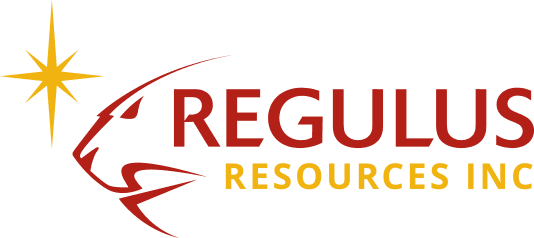Trump’s tariffs on US allies will shrink the savings Americans gained from tax cuts

President Donald Trump has embarked on an unorthodox follow-up to cutting the taxes American families pay: raising the prices of goods they buy.
Higher prices will result directly from tariffs the White House plans to impose on steel and aluminum imports from allies such as Canada, Mexico and the European Union as well as other countries. The White House acknowledges that effect, while arguing the price increases will be tiny.
But combined with additional tariffs against other imports from China and retaliatory steps by our trading partners, the measures Trump announced promise to make an impact. And mainstream economists across the political spectrum agree it will be negative.
“Unambiguously bad,” said Douglas Holtz-Eakin, a Republican economist who advised President George W. Bush. “The only question is how big.”
“Anything that’s manufactured — prices will rise,” added Mark Zandi, an independent economist at Moody’s Analytics.
Zandi estimated the net effects of trade conflicts Trump has initiated at 0.2 percent in reduced economic growth, 250,000 in lost jobs, and $210 in higher costs for an average family. Such a reduction in growth would wipe out half the projected boost in growth from the tax cuts Trump and the GOP Congress enacted last December.
Trump concedes his trade policies will cause “a little pain.” But he insists that 25 percent steel and 10 percent aluminum tariffs will benefit the country by boosting the domestic manufacturing of building-block products crucial to economic vitality and national security.
His argument collides with 21st century economic reality in multiple ways.
First, the number one source of U.S. steel imports is Canada, the closest of economic and national security allies. An indignant Prime Minister Justin Trudeau noted Canada’s side-by-side cooperation in, among other crucial U.S. battles, the Normandy invasion of World War II. The next three biggest sources are friendly Brazil, South Korea and Mexico.
Second, as past tariff experiences have shown, jobs lost in industries that pay more for steel and aluminum inputs (think cars and beer cans) will far outnumber those gained from tariff protection for steel and aluminum manufacturing.
Third, counter-tariffs by trading partners will damage American export sectors such as agriculture — exports that disproportionately benefit Trump-allied heartland states represented by fellow Republicans. Sen. Ben Sasse of Nebraska, echoing other GOP lawmakers, observed simply, “This is dumb.”
Bad math
“They’re just not doing the economic arithmetic correctly,” Holtz-Eakin said.
The arithmetic could get worse. Also in the name of national security, the Trump administration is investigating whether to slap 25 percent tariffs on imported cars.
That would boost prices of products on which Americans spent $180 billion in 2017. There’s no assurance the expensive cycle of tariff escalation would stop there.
Overall, inflation in consumer prices remains modest. In an economy that has reached full employment, wages are growing slightly faster.
Yet the working-class Americans that candidate Trump courted so intently face the burden of gas prices that have risen sharply since last year. Average pump prices nationally, which averaged $2.45 per gallon as he took office, reached $2.98 in May.
Zandi calculates that the average American family will pay roughly $320 more this year as a result. Combined with higher prices due to tariffs, that would wipe out more than half the average tax cut of $930 that families in the middle 20 percent of American earners would receive in 2018, according to the Tax Policy Center.
And it would make net losers of families earning less than that. The Tax Policy Center estimates that the bottom 20 percent of earners will receive an average tax cut of just $60 this year; the 20 percent of earners above them, just $380.
Uncertainty over the economic consequences adds risks to business investment and unsettles financial markets. The S&P 500, Nasdaq and Dow Jones industrial average all closed lower Thursday following the tariff announcements.
That underscored one thing that Trump’s 2018 economic policies have helped make cheaper: stocks. For the first five months of the year, the Dow is down 409 points, or 1.6 percent.
Source: CNBC


